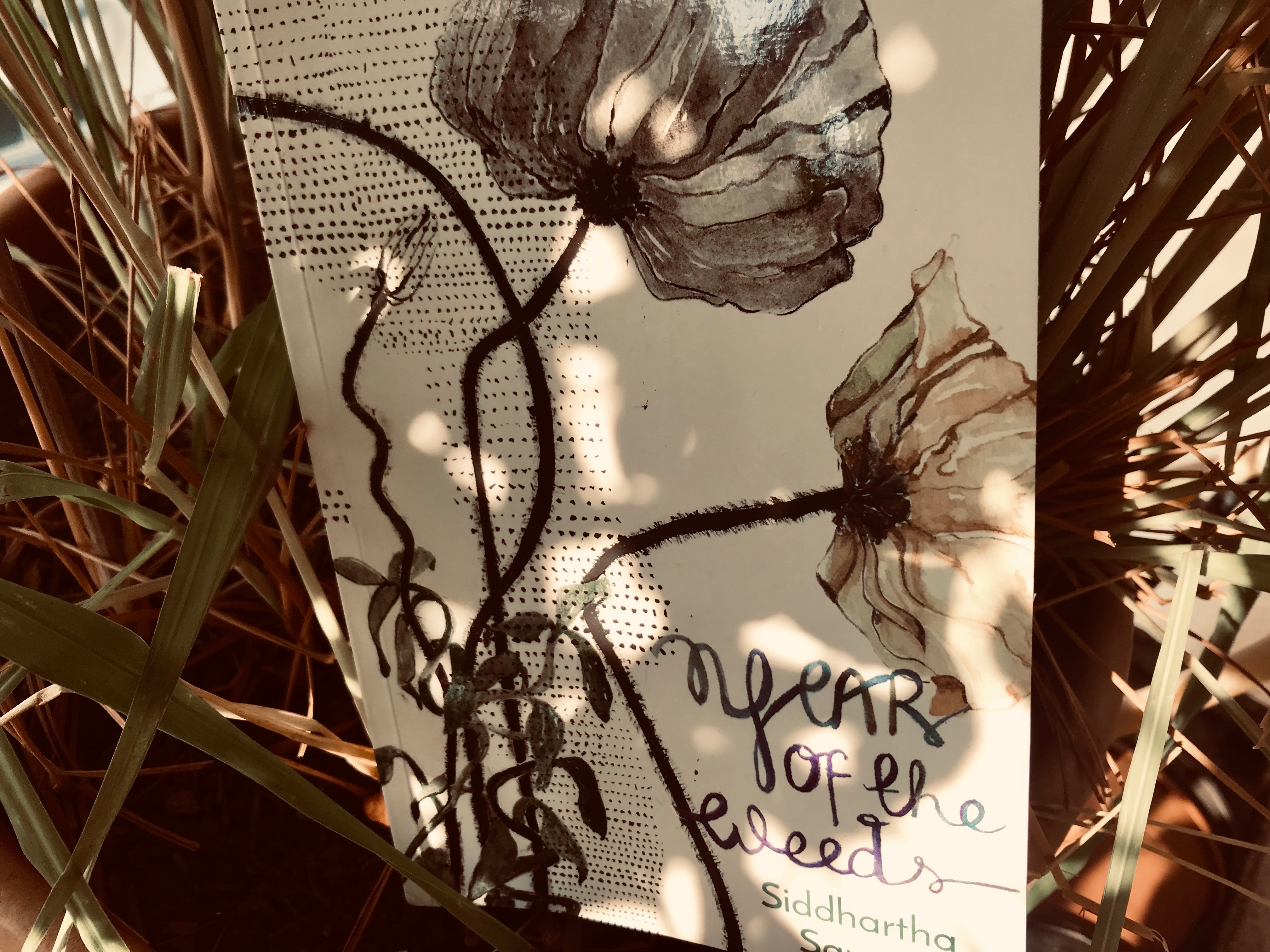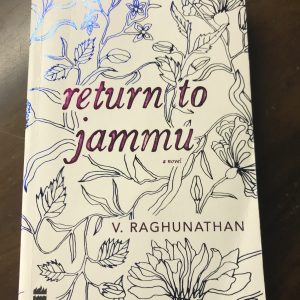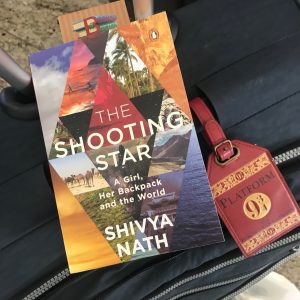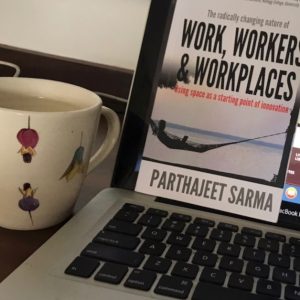Year of the Weeds
“You just see. That’s how the sorkar works. It forgets. Sometimes Korok, it is best if the Sorkar forgets you”
It is ironical in a sense, that the Headman of the small Gond village says the above lines to Korok, the protagonist of Year of the Weeds. They are better off without the government’s interference after all! Korok tends to the garden and lives his simple uneventful life in a small Gond village next to their sacred hills. But, one day, bauxite is discovered beneath the sacred hills. The Gonds have to go. Or, do they?
The sheer poverty and apathy that specific sections of our society have to face is brought out in this powerful and poignant story. Told simply and with great humour, Year of the Weeds is a timeless read. Though the novel is written with the young adult readership in mind, it transcends the barriers of age, and is relevant as a human story.

 Bookedforlife in conversation with author Siddhartha Sarma, author of ‘year of the weeds’
Bookedforlife in conversation with author Siddhartha Sarma, author of ‘year of the weeds’
Could you tell us a bit about the genesis of the idea and the concept for this story?
In 2013, I decided to write a story which talked about the current Indian state and the problems with its institutions and representatives. I had been following the agitation by Dongria Kondhs in Niyamgiri area of Odisha for several years, and had been pleasantly surprised when they were given the opportunity to vote against the bauxite mine which would have uprooted them and destroyed their culture. I wanted to narrate this story, while also accommodating my observations on the systems and structures within the Indian state. That was how I arrived at the idea for the novel.
A simple Gond boy may not apparently have much in common with an urban teenager. But, look deeper and one sees a similarity. What do you think about this book appeals to the broader YA readership?
I expect the average urban reader will find what is written in the novel to be new and unfamiliar. This is because such issues do not occupy the popular imagination, or space in the media or average discourse in urban homes. I hope the reader will be sufficiently interested, not to mention disturbed, by what she finds here, and will discuss these matters with her classmates and interested teachers, perhaps even with her parents. I also hope that YA readers will begin reading about these issues, and following such events. If the novel serves as an introduction to the many problems in the country that need to be addressed urgently, I will be content.
You have, quite interestingly, named the chapters after months. What was the thought behind that?
Korok and the villagers do not have watches, so time is a different concept for them. For Korok, time is in the seasons, in the planting of seeds and flowering of plants, in the heat of summer and the hardness of the soil in winter. The Niyamgiri agitation occurred over several years, but I had to reduce the chronology of the story and had to make the events happen over a single year. I briefly considered naming the chapters after seasons, but since there are only four, the chapter titles would become repetitive, so I named them after months.
The analogy of the weeds ties up gently and beautifully. I am keen on knowing on what made you use this analogy?
Korok is a gardener, so he understands metaphors based on gardening. As Anchita, the artist daughter of the divisional forest officer tells Korok, the government and the company which wants the bauxite mine are like weeds in the way they enter a garden and prey on green and growing things. Korok extends this metaphor to include everybody who has preyed on the Gonds, including the Maoists.
One of the feelings that stayed with me throughout the book was that of authenticity. You describe the physical and emotional worlds of the characters-both the Gonds, the government officials and the varied parties involved in a very authentic manner. What kind of research did you do for the same?
The events are based on my reading of reportage about Niyamgiri and other people’s agitations. The ordinary life of the Gonds is based on a combination of my reading news reports and my personal experience of tribal and rural societies as a reporter. The details and descriptions of how government, private companies and other entities work are based on my personal observations as a reporter.
In an essentially sad situation you’ve woven in humour, and that requires sensitivity and skill as a writer! How challenging was it to achieve this?
Humour is particularly difficult when describing tragic situations, but perhaps necessary. The strongest societies, those which endure hardship and sometimes emerge triumphant are also those which can find even the minutest strands of humour in a hard life. It is not easy to include such elements or give this kind of treatment to such a serious topic, but I tried my best.
What is the one thought or idea that you want the readers of the book to take back when they complete this book?
I would like my readers, YA and grown-up alike, to become more aware of problems within the state and its apparatuses as well as the difficulties of vulnerable people in today’s world. If we start discussing these topics, if we can have dispassionate and objective conversations on these matters, it will be a start in finding solutions to these problems at some point. It has become very important for Indians to be kinder, more understanding and humane and this can only come from awareness and knowledge about the real world and the people who live in it.
India’s diversity has been often talked about. However, the sheer contrast between rural and urban India, as well as between different rural areas of the country is mind-boggling. This is why it is important to tell stories. Sometimes, stories convey much more about what a community faces, rather than news reports. Year of the Weeds tells one such powerful story.
Title: Year of the Weeds
Author: Siddhartha Sarma
Publisher: Duckbill Books
Genre: Fiction
Age group: Young Adults




